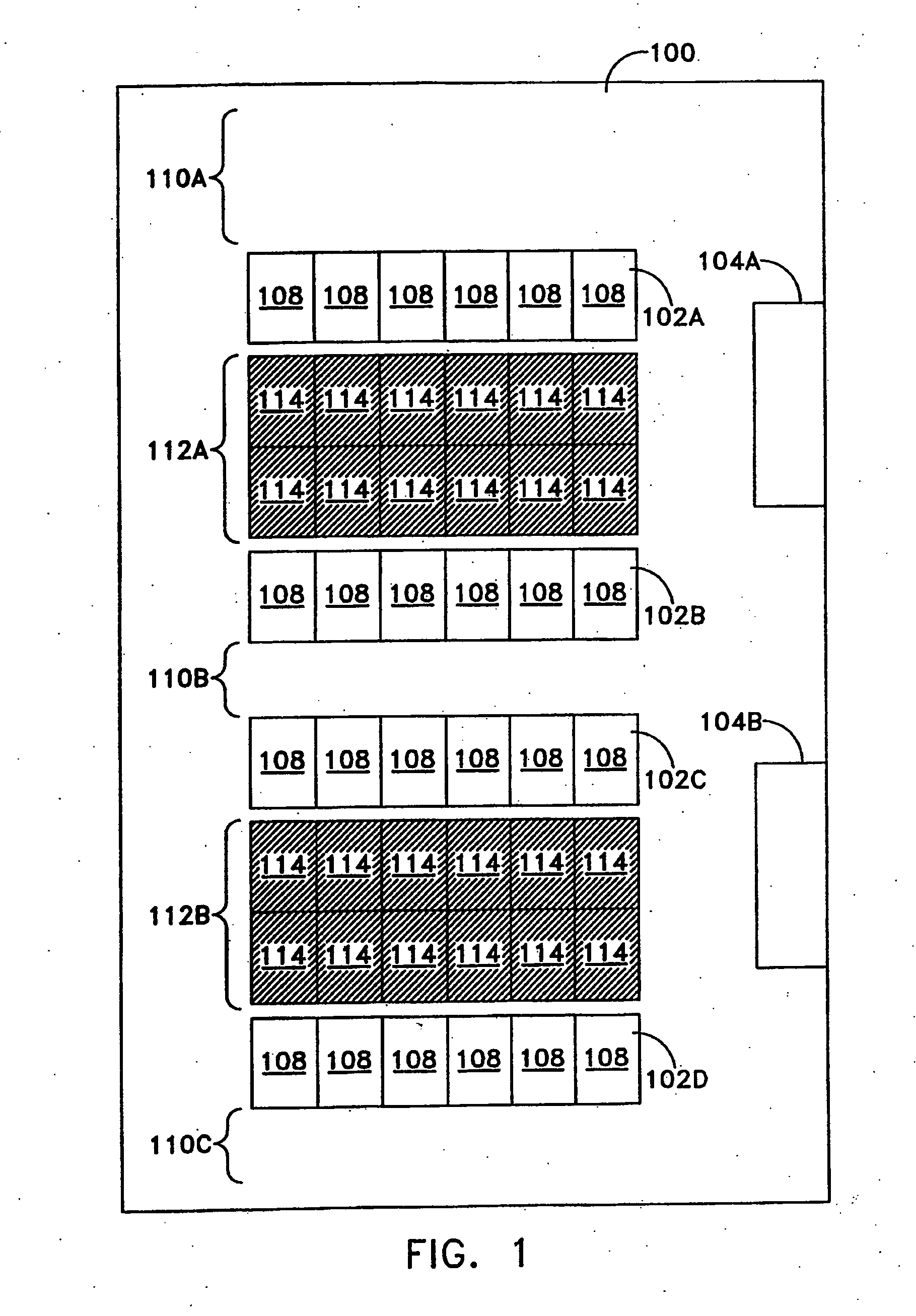Methods and systems for managing facility power and cooling
a technology for managing facilities and power systems, applied in the direction of domestic cooling equipment, lighting and heating equipment, instruments, etc., can solve the problems of putting strain on the cooling and power systems of facilities, and affecting the use of cooling programs
- Summary
- Abstract
- Description
- Claims
- Application Information
AI Technical Summary
Benefits of technology
Problems solved by technology
Method used
Image
Examples
Embodiment Construction
[0058] This invention is not limited in its application to the details of construction and the arrangement of components set forth in the following description or illustrated in the drawings. The invention is capable of other embodiments and of being practiced or of being carried out in various ways. Also, the phraseology and terminology used herein is for the purpose of description and should not be regarded as limiting. The use of “including,”“comprising,” or “having,”“containing”, “involving”, and variations thereof herein, is meant to encompass the items listed thereafter and equivalents thereof as well as additional items.
[0059] Embodiments of the present invention may be used to design, manage and retrofit a data center, such as data center 100 which is shown in FIGS. 1 and 2 with FIG. 1 showing a top view of the data center 100, and FIG. 2 showing a side view of the data center 100. As discussed further below, the design of the layout of the data center 100, including power ...
PUM
 Login to View More
Login to View More Abstract
Description
Claims
Application Information
 Login to View More
Login to View More - R&D
- Intellectual Property
- Life Sciences
- Materials
- Tech Scout
- Unparalleled Data Quality
- Higher Quality Content
- 60% Fewer Hallucinations
Browse by: Latest US Patents, China's latest patents, Technical Efficacy Thesaurus, Application Domain, Technology Topic, Popular Technical Reports.
© 2025 PatSnap. All rights reserved.Legal|Privacy policy|Modern Slavery Act Transparency Statement|Sitemap|About US| Contact US: help@patsnap.com



